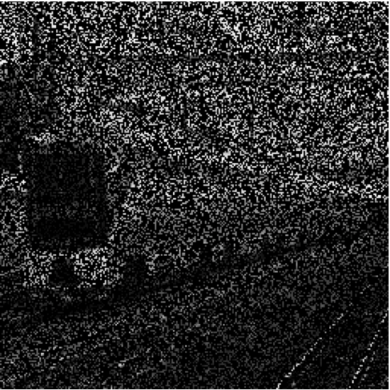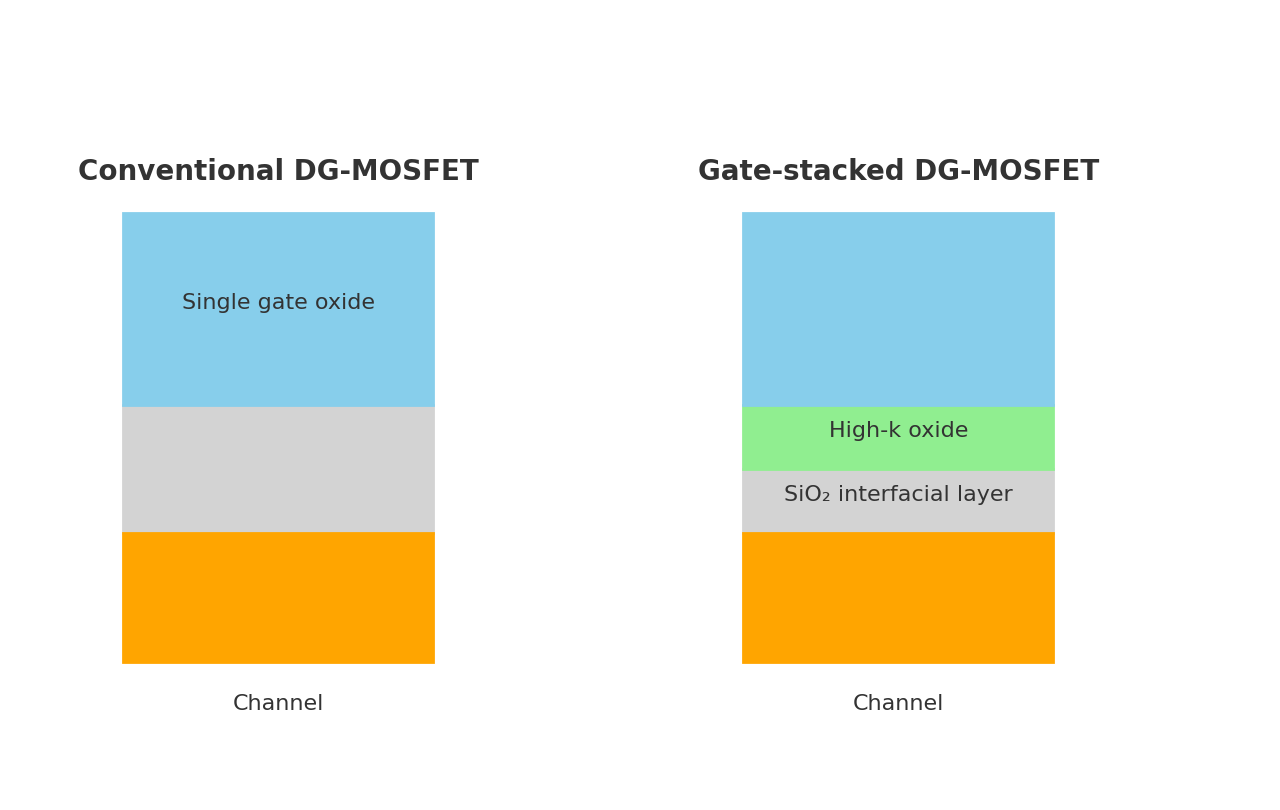

Volume 145
Published on October 2025Volume title: Proceedings of CONF-CIAP 2026 Symposium: International Conference on Atomic Magnetometer and Applications
The Hubble tension—the significant discrepancy between the measured values of the Hubble constant (H₀) in the early and late universes—poses a fundamental challenge to the existing cosmological paradigm. This paper explores the local void hypothesis, which proposes that the Milky Way resides within a massive Kinan-Bage-Cowi (KBC) void, and attempts to explain the Hubble tension. By integrating multi-wavelength galaxy surveys with cosmological simulations, the gravitational effects of the void are systematically analyzed. The study focuses on elucidating how anomalous outward velocities caused by underdense regions distort the redshift-distance relationship, leading to artificially inflated estimates of local H₀. Furthermore, using baryon acoustic oscillation (BAO) data, this paper conducts a multi-faceted comparative test of predictions from homogeneous universe models and those based on voids. The ultimate goals include rigorously assessing the feasibility of voids in resolving the Hubble tension, thoroughly analyzing their broad implications for large-scale homogeneity hypotheses, and demonstrating the necessity of incorporating local structure into precision cosmological studies.

 View pdf
View pdf



Image reconstruction under random pixel loss has a significant role in applications such as medical imaging, remote sensing, and lossy transmission. This paper explored the image restoration problem based on the Bernoulli-dropped image, where every pixel has the probability of p to be kept and (1-p) to be removed. This paper modeled the task as a supervised learning problem, utilizing a simple U-Net model (comprising three encoders and decoders) that incorporates skip connections to integrate multi-scale context information and spatial details for image restoration. In this paper, the DIV2K dataset (800 images, grayscale) is applied to the retention rate Random mask with p = 0.3 to generate an observed image that matches its original. The training used the mean square error as the loss function. The result reveals that the model is able to achieve a relatively clear reconstruction effect under the condition of a single input image. It can better preserve edge and texture information, compared to the traditional baseline method. In the end, this paper discusses the issue of choosing and discarding in the network design. Meanwhile, it points out the limitation in extreme pixel loss. At the same time, in the future, potential optimization paths were also mentioned in terms of the improvement of the loss function, the attention mechanism, and the expansion of color images.

 View pdf
View pdf



Gate-stacked double-gate (DG) MOSFETs, featuring a thin SiO₂ interfacial layer combined with high-k dielectrics, improve electrostatics, suppress leakage, and mitigate short-channel effects, enhancing the performance implication. They are promising for low-power electronics, high-performance computing, and biosensing. Conventional MOSFET scaling faces critical bottlenecks, as high-k dielectrics alone suffer from leakage and interface issues. At the same time, structural innovations such as FinFETs cannot fully suppress short-channel effects at advanced nodes. GAA demonstrates good performance, but costs excessively. This work innovatively proposes co-optimizing materials (Al₂O₃, HfO₂, La₂O₃) and structures (strain engineering, dual-material gates, multigate topologies) in gate-stacked double-gate (DG) MOSFETs, integrating high-k stacks with multigate architectures to reinforce electrostatics and scalability. Such synergy ensures enhanced performance while meeting the dual demands of low-power electronics, high-performance computing, and emerging biosensing applications.

 View pdf
View pdf




